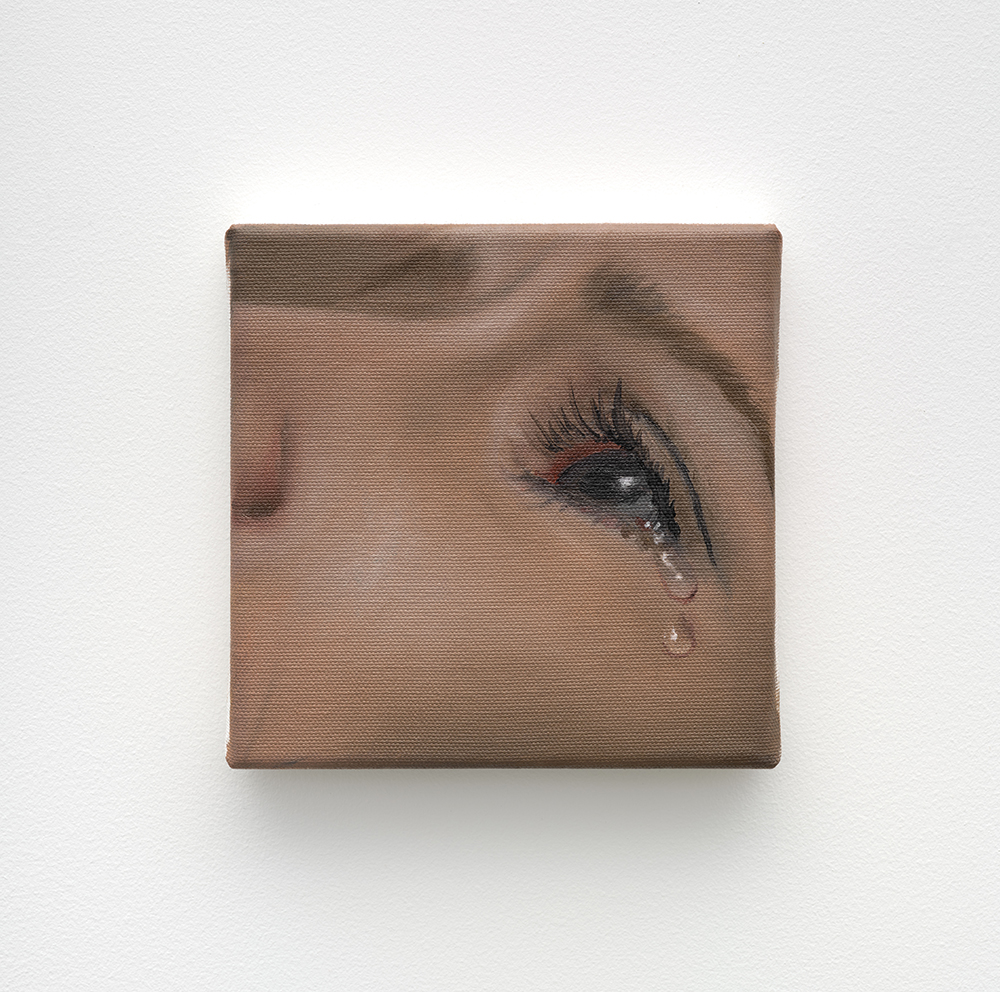History tells us that the highly refined, discreet object imbued with emotional resonance is an artistic choice largely made during a bygone era when the likes of such artists as Johannes Vermeer stood before a blank canvas, choosing to illuminate the specificity of the living world—whether it be a pearl earring or a kitchen maid making bread pudding by an open window. Mia Middleton’s first solo exhibition at Roberts Projects, “Love Story,” reads like a primer for the quietly majestic instances in life that so often pass us by without our noticing, harkening back to a time when life was considerably less frenzied and probably more fulfilling.
As the title of the show suggests, each of the small paintings in this exhibition contains its own unique love story—a visual paean to the ordinary objects that populate our all-too-busy lives, and often define us whether we like it or not. These works are small worlds within worlds, luminous moments of heightened and electrifying sensibility wherein the outer world seems to fall away, displaced by the singularity of each highly stylized, perfected moment. Drawing inspiration from the physical body, Middleton specifically explores the boundaries between the emotional and mystical realms that exist beyond our sensory perception, and the ways we navigate these often-murky intersections.

Mia Middleton, Act, 2023. Mia Middleton Studio Images for ALMA.
Many of the works in the show feel familiar and appear reminiscent of certain surreal artists such as Man Ray, Salvador Dalí and René Magritte. Works like the hauntingly graceful Blind (2023) remind us of Magritte’s seminal 1928 painting The Lovers, in which a man and woman kiss, their faces completely covered with a white sheet. In Middleton’s image, the young woman’s head appears to be wrapped in velvet, her blouse echoing the folds of the fabric pulled across her face, adding a lusciousness and vitality to the hidden mystery. These small yet powerful, nuanced gestures are what make these paintings so mesmerizing. All her images possess a strange distance that is at once dissociative and intimate, as if these objects were suffused in darkness or painted in a dimly lit room. As viewers, we want to look more closely, and, once we do, we too become fixed in a state of transcendence—balanced between ideals and absolutes, tenderness and chilly admonition—yet we keep looking just the same.











0 Comments